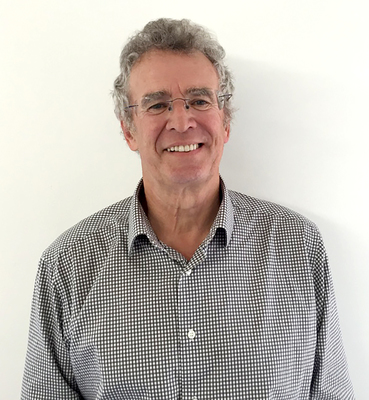Lively discussion accompanied the delivery of the Noosa Biosphere Reserve Foundation (NBRF) 2017/18 annual report by chair Dick Barnes to Noosa Council’s General Committee meeting on Monday.
The highlight of the report was its grants round of $330,000 to six small and three large projects, Mr Barnes said, while projects on the oyster reefs and prawn study from the 2015/16 grants round are ongoing.
Mr Barnes said there were 54 applications submitted for the grants, showing the interest in NBRF in the community. The report states a grants committee consisting of four directors without conflicting interests was formed and approved the nine projects.
Councillor Ingrid Jackson questioned the conflict of interest when three directors were also office bearers in organisations – Noosa and District Landcare, Country Noosa and Noosa Parks Association – which were recipients of 57 per cent of grant money.
One of the projects initiated by Noosa Parks Association and Tourism Noosa aimed at winning World Heritage recognition failed to proceed.
Mr Barnes said the two partners fell out. They couldn’t agree who was the leader of the project, he said.
A further highlight of the report was the completion of the Biosphere’s 10-year Periodic Review at a cost of $80,000 in contract research and management consultants. The review has been submitted by council to UNESCO.
Another issue raised at the meeting was the relationship between NBRF and Noosa Biosphere Community Association, tasked with educating and advising the community on the Biosphere.
Mr Barnes said it had been a disastrous situation with personality clashes but was in the early stages of rebuilding. A successful Biosphere Day held last year in Kin Kin had helped rebuild the team, he said.
A video produced to tell people about the Biosphere had also been successful and viewed by about 1000 people. However with a population in Noosa of about 50,000 Mr Barnes admitted there was a long way to go to inform locals about the Biosphere.
Cr Frank Wilkie, who is the current council-appointed board member to NBRF, backed the volunteer organisation’s engagement with the community through its projects. He said the pandanus project to stem dieback in the iconic species had engaged bush care groups, council officers and individuals while a master trail project had engaged numerous groups including cycling, walking and equine.
Mayor Tony Wellington defended the operations of NBRF saying everything they did was not in isolation but was complementing what Council was trying to do.







